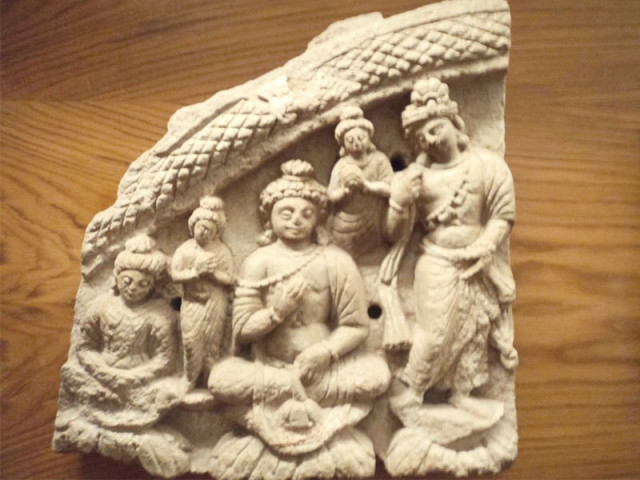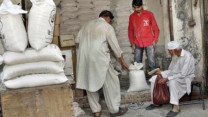Gandhara civilisation: Preserving Swat’s historical heritage
Italian museum displays artifacts from the sites of Butkara, Saidu Sharif.

The National Museum of Oriental Art (Museo Nazionale d’Arte Orientale) was established in 1957 in Rome, Italy, dedicated to the arts of the Orient, from the Middle East to Japan. The museum was later dedicated to one of the most influential scholars of oriental cultures, Giuseppe Tucci, who had promoted the foundation of the museum and carried out excavations in Swat valley.
Established by decree of the president of the Republic, the museum has been open to the public since 1958. In particular, the museum has a rather remarkable collection of artifacts from the Gandhara civilisation, due to the archaeological missions of the Italian Institute for Middle and Far East (IsMEO), assigned in conformity with the Pakistan government, to the sites of Butkara, Saidu Sharif and Panr in Swat valley among others.
The Gandhara section in the museum is the most linked to the archaeological activity promoted by Giuseppe Tucci as the president of IsMEO (now IsIAO, Italian Institute for African and the Orient)
“It was founded to save and display the artifacts of Swat and Ghazni from the IsMEO. This is in fact the biggest museum for the Gandhara civilisation in Europe having exceptional value in history. It contains one of the two significant donations of artifacts from the Himalayan areas and Moti collections,” Curator for the Indian and South East orient section, Laura Givilian, told The Express Tribune.
“The artifacts found in Swat touch artistic heights and are very important from the historical point of view. One can see developed art in the Gandhara artifacts from Swat … there is a lot to explore, if you look at the art with a deep eye,” she added.
Paying tribute to Professor Tucci, she said, “The artifacts brought by Tucci are in very good conditions.”
The museum also organises conferences for students and teachers in Italy and is particularly well known to foreigners and scholars looking for historic artifacts.
“We organise guided tours for students in the museum. Educational activities for the school children are also organised to introduce and orient them with our culture,” a PhD. Candidate in archaeology, Serena Autero, told The Express Tribune.
“Gandhara art is my favorite because it is one of the oldest, finest and historically significant artifacts,” said Autero adding that Swat had all the ingredients to become a tourist hotspot due to its serenity and cultural heritage.
Published in The Express Tribune, June 16th, 2011.



















COMMENTS
Comments are moderated and generally will be posted if they are on-topic and not abusive.
For more information, please see our Comments FAQ